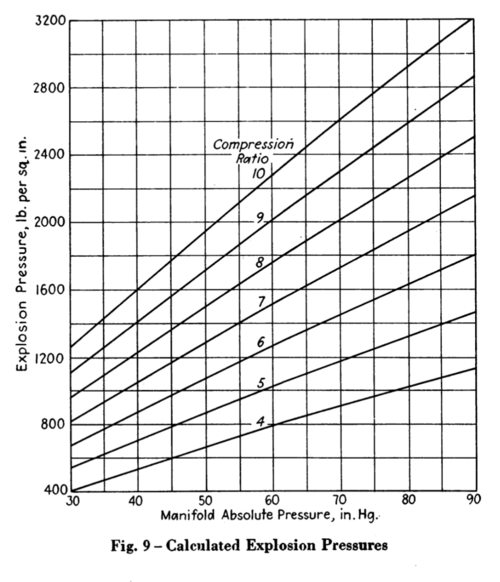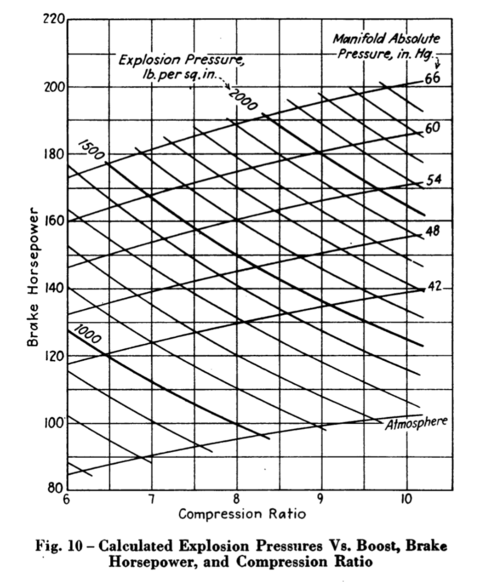Ah, that's cheating a bit. Water injection (to cool the intake charge via evaporative cooling) and Nitrous Oxide (to add more oxygen and cool the intake charge even more) let you run more boost than the fuel can support without detonation.
Is the water-alcohol injection R-2800 on the P-47s, so they can make 2300-2600-2800 HP instead of 2000-2100 HP, also cheating?
As opposed to not running crap fuel that's 87 octane at best and running either more compression and/or more boost.
Having to use anti-detonation injection or nitrous oxide is cheating because as soon as you run out of either ADI or NOS you lose a massive amount of power.
Engineer in ww2: we've managed to make our engines do extra 15-20-30% HP more, with reasonable reliability.
21st century enthusiast: cheater!
Using 115/145 octane avgas and 15-20psi boost is 24/7 power.
Three things:
- there was no 115/145 oct avgas in ww2, at least not in combat service
- there was no engine capable to be over-boosted by even an hour in service, let alone 24/7
- a precious few engine types were using +15 to +20 psi boost in actual service (perhaps Merlin family being the only types to do it without the water-alc injection?); when they did it, having water-alcohol injection helped at a lot of them



